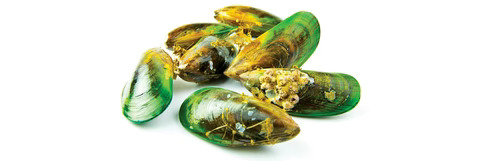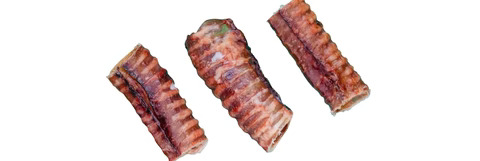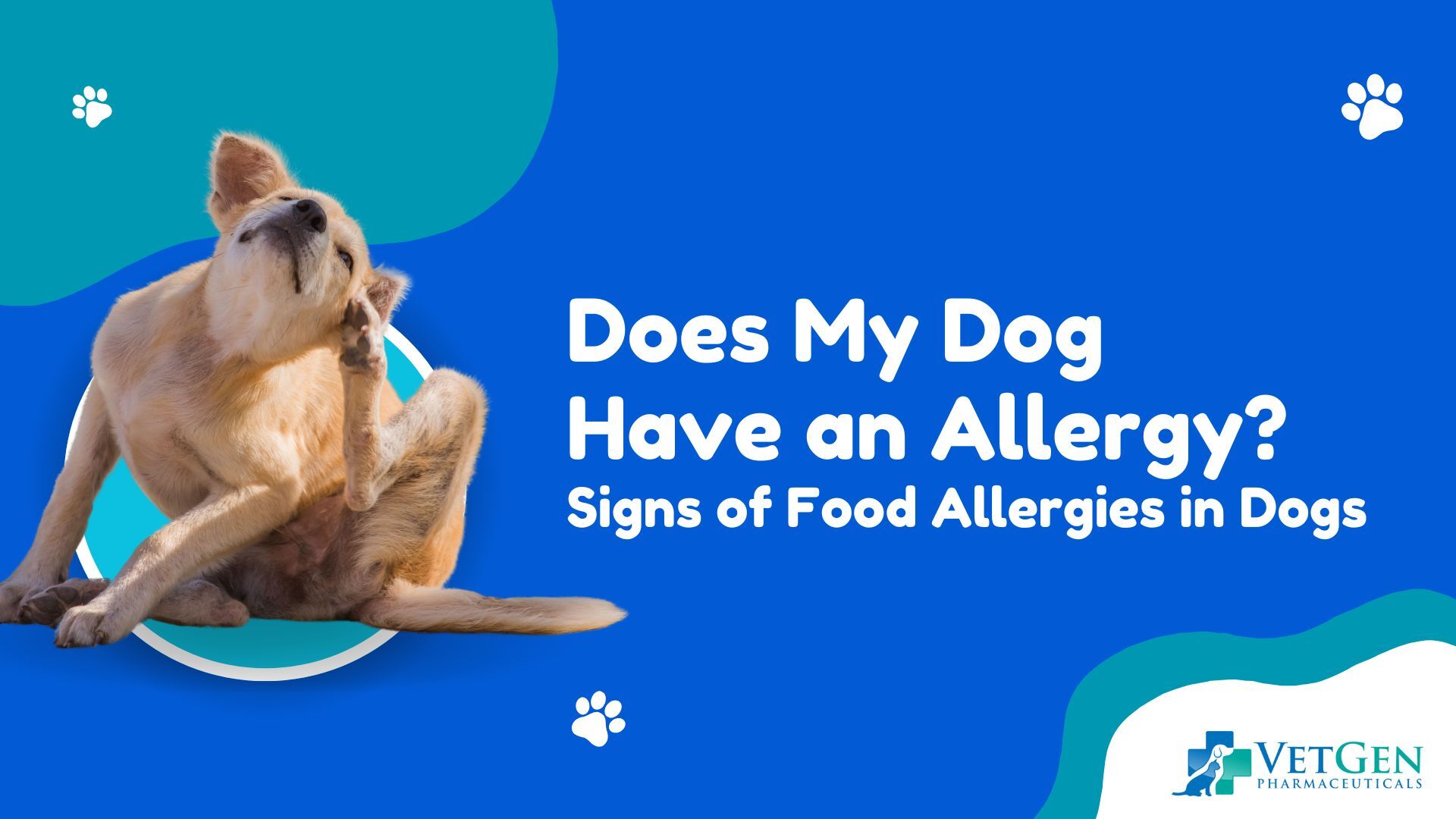Table of Contents
Introduction
If your dog has arthritis or other joint issues, glucosamine can indeed work wonders in improving joint health and reducing inflammation.
But how many claims about glucosamine are valid? Let’s discuss this.
What is Glucosamine?
Glucosamine is a naturally-occurring compound that a dog’s body uses to make chemicals needed to build cartilage, ligaments, and tendons. It also helps create the synovial fluid, which surrounds and cushions the joints for flexible movement.
How Does It Work in Dogs?
Glucosamine supplements are readily available in the market, containing combinations of this compound with hydrochloride and sulfate. These supplements improve joint mobility in dogs and can help manage ligament injuries.
Glucosamine supplements are beneficial for older dogs prone to or already suffering from arthritis. Besides aiding cartilage synthesis, these supplements also reduce inflammation, which causes pain, wear and tear, and discomfort in dogs. Read more about glucosamine for dogs here.
What are Natural Food Sources of Glucosamine for Dogs?
If you’re mistrusting store-bought glucosamine for dogs, it’s alright. You can try these natural sources of glucosamine for your dog instead.
Chicken Feet
The next time you step out to buy chicken, get the whole animal. Your dog can benefit immensely from the chicken’s feet since they contain nearly 5% glucosamine. In milligrams, this amounts to around 450mg. That’s enough for a medium dog weighing 20 to 45 pounds.
Chicken feet also improve your dog’s dental health. You can find chicken feet at Asian markets, butcher shops, and farmers’ markets.

Green Lipped Mussels
Hailing from New Zealand, Green Lipped Mussels are also a rich source of glucosamine for your pet. They also contain omega-3 fatty acids that promote joint health and reduce inflammation.

Pig Tails or Oxtails
Animal tails contain cartilage covered by flesh. So, you can also feed your dog oxtails or pig tails to meet its daily glucosamine requirement. Since oxtails are soft bones and do not split upon chewing, your dog can eat them uncooked too.

Bone Broth
Bone broth contains a decent amount of glucosamine. But that’s not it. It’s also rich in manganese, selenium, calcium, vitamin K2, vitamin A, and magnesium. These micronutrients can improve your dog’s metabolic function and provide the resources it might not get from its kibble.

Beef Trachea
A 30-gram piece of beef trachea can contain anywhere from 1,400 milligrams or more glucosamine. It also has other nutrients like choline, folate, vitamin A, and B12.
If beef trachea is unavailable, you can also opt for other options, such as lamb, goat, or ostrich trachea. Like chicken feet, chewing on beef trachea helps maintain your dog’s dental health.
Another plus point is that beef trachea is low in fat and high in protein. So, it’s a healthy addition to your pet’s diet.

Shellfish Shells
Many synthetic supplements source glucosamine from shellfish shells. But you can also feed shellfish to your dog directly. Do note that some dogs may be allergic to shellfish.
Common symptoms of an allergic reaction include:
- Excessive gas
- Itchiness
- Diarrhea
- Digestive issues
- Skin infections
- Vomiting
Benefits of Glucosamine-Rich Fruits and Vegetables
There are no glucosamine-containing fruits and vegetables. According to Science Direct, commercially available glucosamine is made from chitin, the exoskeleton of crabs, lobsters, and shrimps.
Dogs can get glucosamine from the sources mentioned above. But you’d have to be disappointed if you’re depending only on fruits and veggies to meet your pet’s glucosamine requirements.
You need supplement-based glucosamine for dogs. It’s easy to administer, comes pre-measured, and can last for weeks.
Bone Broth as a Natural Source of Glucosamine for Dogs
As mentioned, bone broth is a good natural source of glucosamine for dogs. If you haven’t made it before, worry not. Here’s a quick and simple recipe.
Ingredients
- Beef bone marrow
- Carrots
- Rosemary
- Celery
Method
- Fill a big pot with water and put it on the stove on medium heat.
- Add the veggies and the bones to the pot.
- Bring the water to a boil and lower the heat.
- Let the broth simmer for about nine hours with the lid on the pot.
After nine hours, the broth will have a thick consistency with a golden color. Now, take the bone marrow out of the bones and mix it in the broth. Remove the bone and rosemary stems.
Cool the broth before serving it to your pup. You can freeze the leftovers for regular use.
Is Seafood a Good Source of Glucosamine?
Seafood, mainly shellfish, is a great source of glucosamine, which is why it is also used to make commercial supplements. Common shellfish rich in glucosamine are:
- Crabs
- Lobsters
- Shrimp
When feeding shrimp to your dog, make sure it’s thoroughly cooked. Also, remove the tail, veins, and shell since they can become choking hazards. Do not feed shellfish to an allergic dog.
If you aren’t aware of your dog’s allergies, feed a small amount of shellfish first and watch for any adverse reactions. If your dog has no negative reaction, you can continue feeding it as a regular part of its diet.
The Role of Supplements in Providing Natural Sources of Glucosamine for Dogs
Sourcing items like chicken feet and shellfish isn’t always easy. Plus, you have to prepare them correctly, check for allergies, and ensure your pup doesn’t suffer from an upset stomach.
Supplement-based glucosamine for dogs is a much simpler alternative. All you have to do is feed one – or more, depending on your pet’s weight – chewable tablet to your pup daily, and you’re good to go.
Pro Tip: The FDA doesn’t regulate supplements. So, if a manufacturer claims their supplement is FDA-approved, it’s a red flag. Instead, look for manufacturers that prepare their supplements in an FDA-registered facility.
When to Consult a Vet
You don’t necessarily have to consult a vet before administering over-the-counter glucosamine supplements or natural glucosamine foods to your dog. But note that glucosamine may have side effects, such as diarrhea and fatigue.
Likewise, your dog may suffer an allergic reaction due to shellfish ingestion. In these cases, it’s important to get a vet’s assistance immediately.








